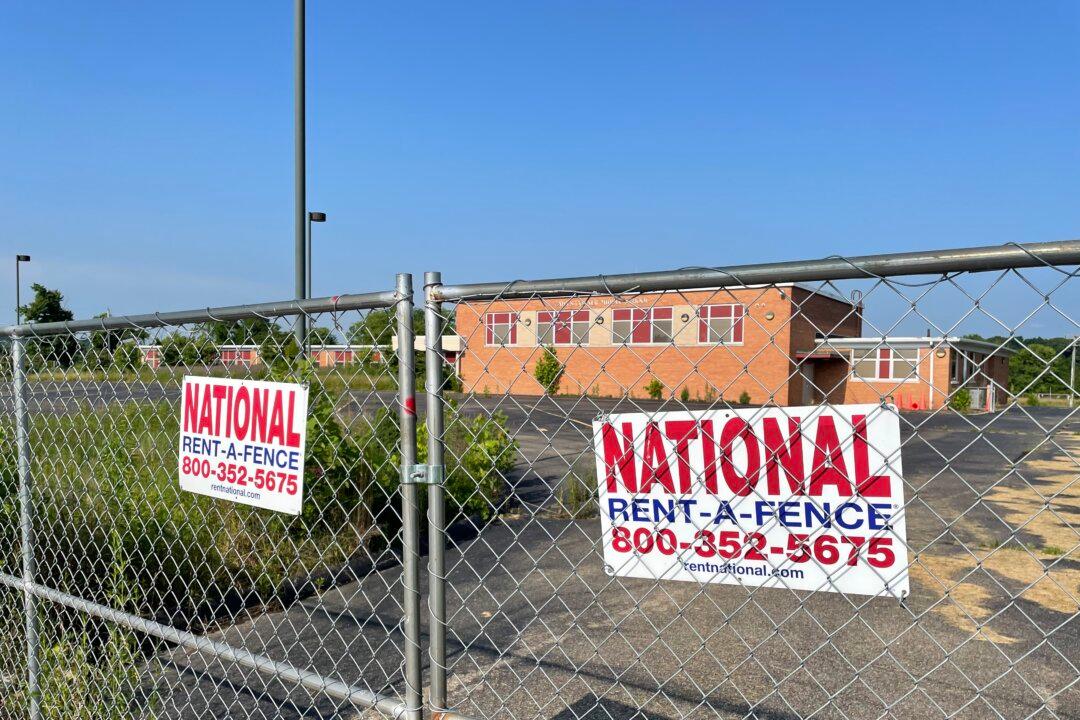The Department of Homeland Security’s (DHS) failure to upgrade biosurveillance technology has limited its ability to detect potential airborne biological attacks, the House Subcommittee on Emergency Preparedness, Response, and Recovery heard on July 16.
The subcommittee hearing came on the heels of two damning internal reports about the DHS’s bioweapons detection system, known as BioWatch: One from the DHS inspector general in March that dissects the technical problems with BioWatch, and another from the Government Accountability Office (GAO) in May that critiques the department’s failed efforts to implement upgrades.




